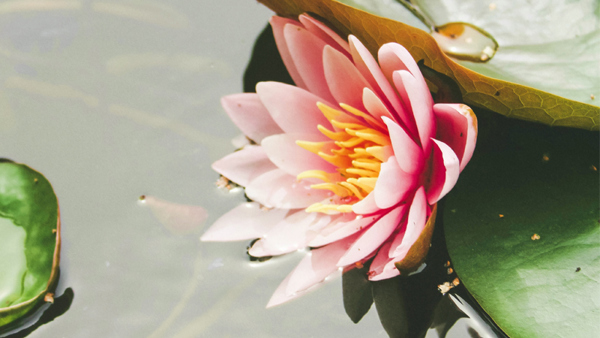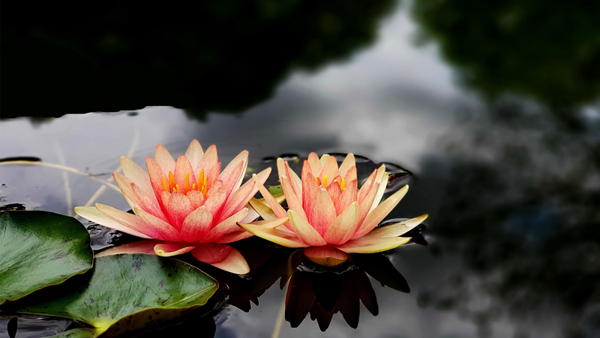Yates Account
Join now
Create a Yates account today!
Sign up to join the Yates Garden Club for monthly e-mails packed with seasonal inspiration, tips for success & exclusive promotions.
Plus if you’re a Garden Club member you can take part in the Yates Growing Community - a blog to share successes, get advice & win prizes in fun challenges along the way!

Forgot password
Enter the email address associated with your account, and we'll email you a new password.

The hardy and humble Water Lily (Nymphaea spp.) can grow out of slimy dams or muddy pots in ponds to produce glossy green floating leaves and heavenly flowers, that both rest peacefully on top of or above the water. They're a wonderful addition to any aquatic garden. Actually a ‘water herb’, the water lily will spread via a creeping rhizome to all areas of a dam or pond where the water is the right depth. Too shallow and it won’t do well, too deep and it will not grow.
The hardy Water Lily variety is suitable to most areas even where light frosts occur during winter, made famous by Monet with his paintings. The tropical Water Lily varieties are more suited to warmer areas. Select a variety suitable to your area.
How to grow water lilies in a dam
- Choose a sunny spot for your water garden/pond/dam. Always check with council on regulations regarding allowable depths for your area. You may also need approval if your water body is over a certain size. Water lilies will flower best in a full sun position.
- Move some mud out of the way and place your water lily in position. Plants will like about 30 cm of water to do well. You will stir up the water a little, but this will settle quickly. You may be able to plant an established potted specimen or plant or a dormant rhizome.
- Lay some pebbles or rocks over the disturbed soil. These are to hold the water lily in place until the roots take hold. This will not take long!


How to grow water lilies in a pot/pond
- Enrich the garden soil/loam you are going to use with Yates Dynamic Lifter Organic Plant Food, but don’t mix in too much if you have a small pond, as you can foul the water as it can leach some nutrient. Choose a pot with a minimum 250 mm wide top.
- Fill pot with garden soil or loam, gently tease the roots and cut away any circled or tangled roots if repotting, or evenly spread the roots of a dormant rhizome. Do not plant rhizome below the soil level, and leave a 5 cm gap on top of pot, so some gravel can be placed around the plant to stop soil escaping and floating onto pond. This will also help hold the pot down and in position.
- Once potted, run some water through the pot to saturate the soil, and gently lower into your pond. Position in full sun for optimum flowering.
- You may want to introduce some fish in your pond. These will add a dash of colour and life and help keep mosquito larvae in check.
Growing tips
- Remove any spent flowers or old leaves as they age.
- Prune regularly.
- Once established, water lilies are fairly low maintenance.
- Don’t over fill your pond with aquatic plants. They can grow quickly in warm weather and compete with each other and need thinning out.
- Must be kept wet at all times. Excess drying out can result in dormancy or death.
- Often better grown in a soil or garden loam rather than a potting mix if using in a pot to submerge in a pond or water garden.
- Active growing during warmer months. Plant in spring and summer from rhizome or division.
Orange trumpet vine, with its brilliant cascading masses of orange tubular flowers, is one of the most spectacular winter flowering climbers.
Spring Stars
Spring Stars are a versatile addition to any garden with delightful lavender-blue, star shaped blooms.
Flax
Flaxes (Phormium spp.) are highly versatile plants which don't mind swampy or dry conditions. Great for large pots or planted en-masse in garden beds.
Proteas
Not just any old blossom, protea flowers are blooms with attitude. If you can give them full sun and reasonable drainage, proteas will love you.
Recommended products
Yates Dynamic Lifter Organic Plant Food
Releases nutrients slowly, improves the structure and moisture retention of the soil and encourages earthworms and beneficial soil micro-organisms.













Share
Share this article on social media